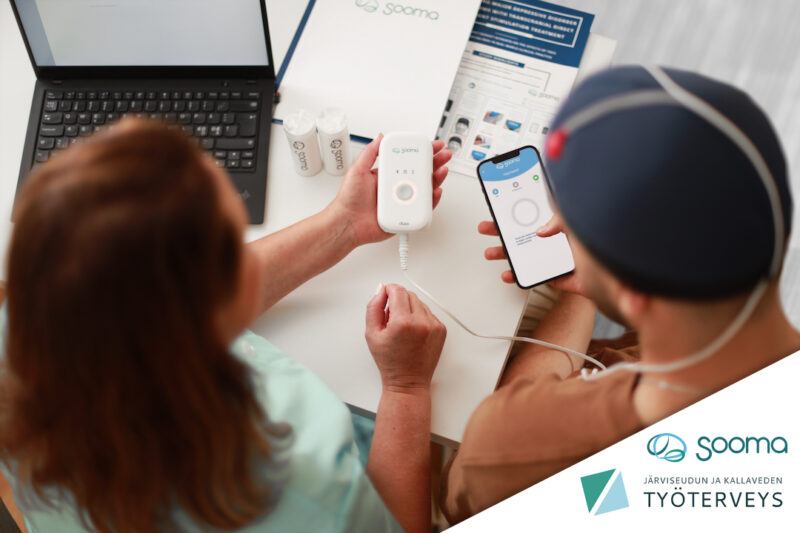Focusing on Mental Health as your home becomes the workplace

Guest post by JBain
With the COVID-19 pandemic causing another immediate shift to remote working, employees have been trying to readjust. Working from home has certainly resulted in benefits like flexibility — however, an overview of several studies also shows that remote working has caused issues such as a lack of boundaries between work and personal life, lack of organizational support, and unchanged or heavier workloads. These have also led to employees experiencing mental health problems like stress, depression, and anxiety. If left unchecked, employees may end up burnt out and less productive.
If you’re among those who are trying to manage their mental health as much as possible, below are three ways you can do so:
Improve Your Workplace
When you’re working from home, it would be best to have a dedicated workspace. Working from the bed or sofa might be comfortable at first, but you’ll eventually be straining your body. Not having your own workspace may also make you more prone to distractions. All of these can eventually build up to your stress as you struggle to finish your workload.
As such, it’s important to create a workspace that will inspire productivity. For one, set up where there’s good lighting as it can improve your mood. Another thing you can do is use ergonomic accessories since they ensure that you work with good posture, which lessens the strain on your body. An ergonomic keyboard, for instance, removes the stress on your wrists and hands to minimize muscle strain and improve productivity. Meanwhile, organizing your workspace greatly reduces distractions since you’ll only be seeing the work in front of you.
Seek Professional Treatment
Sometimes, managing your mental health can be difficult. If this is the case, it would be best to seek professional help. Mental health professionals can suggest different treatments. Medications and psychotherapy are some of the common ways to treat mental conditions. But there are other options, depending on what you’re being treated for.
For depression, for example, neuromodulation is a relatively new stimulation method to treat depression. What this does is essentially restore balance in the brain by applying stimulus to an area of the brain to affect the activity of certain neuronal networks. A reliable neuromodulation therapy solution is transcranial direct-current stimulation, which can be done at home as long as a patient gets trained by a professional first. The effects of this solution rely on a few things, such as the session duration and frequency, the electrode’s position, and the current.

TDCS is the treatment method offered by Sooma for depression (Sooma Depression Therapy, indicated for Major Depressive Disorder) and chronic pain (Sooma Pain Therapy, indicated for Fibromyalgia and chronic neuropathic pain).
Practice Self-Care
Self-care shouldn’t be a luxury. If anything, it’s something you should always practice. After all, with office and home now being the same place, add to that the fact that social distancing and stay-at-home protocols are in place, and it’s easy to be overwhelmed. Because of this, you need to take a step back and have a feel of what can help relieve any negative emotions you may be feeling — whether it’s anxiety and stress from work or depression from loneliness.
There are many ways to practice self-care. Among them is making sure you have personal time to do things you love and relax. Hobbies also manage mental health since they lower stress hormones and greatly improve your mood. If you’re struggling with loneliness, ask an available family member or friend for a video chat, or spend more time with the people you live with. For anxiety, practicing mindfulness meditation can reduce symptoms.
Remote working isn’t going anywhere. Because of this, you must learn how to manage your mental health through simple steps such as making time for yourself and creating a productive workspace. But if you find that you’re having difficulty coping with mental health problems, remember that there’s nothing wrong with asking for help.
Latest news

TGA approves Sooma’s at-home brain stimulation for depression in Australia
Read more
Sooma Medical Announces Pivotal FDA IDE Clinical Trial for At-Home Brain Stimulation Device for Depression Treatment
Read more
Sooma Pioneers the Integration of Brain Stimulation into Primary Care, Improving Access to Early-Stage Depression Treatment
Read more